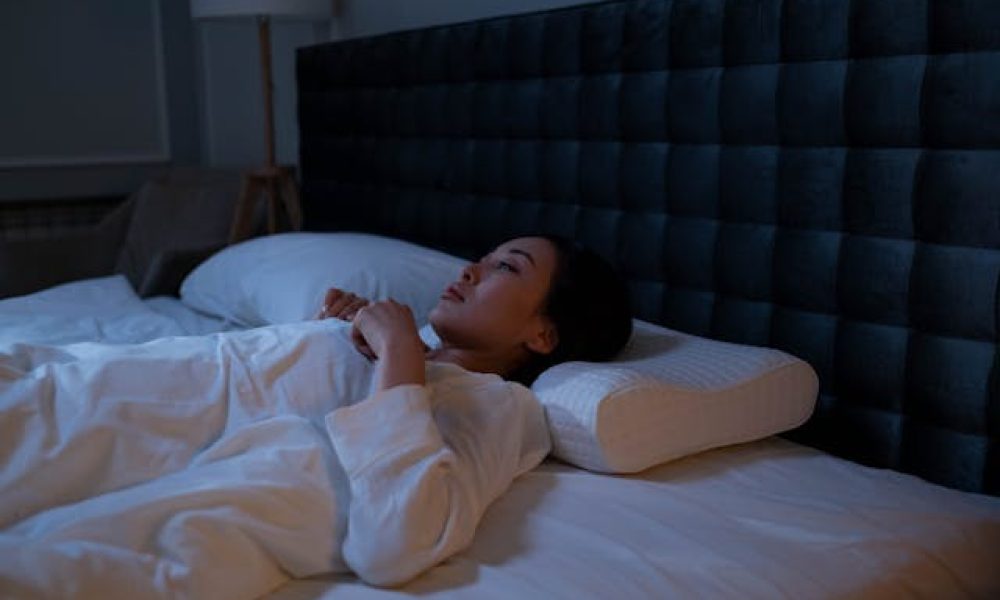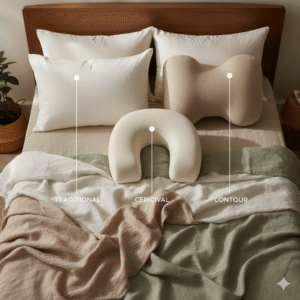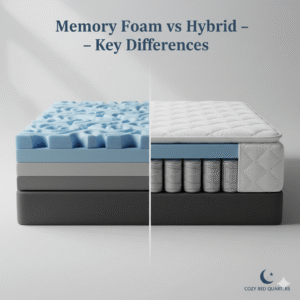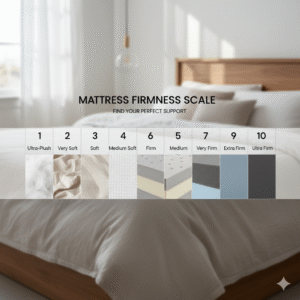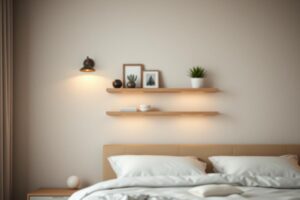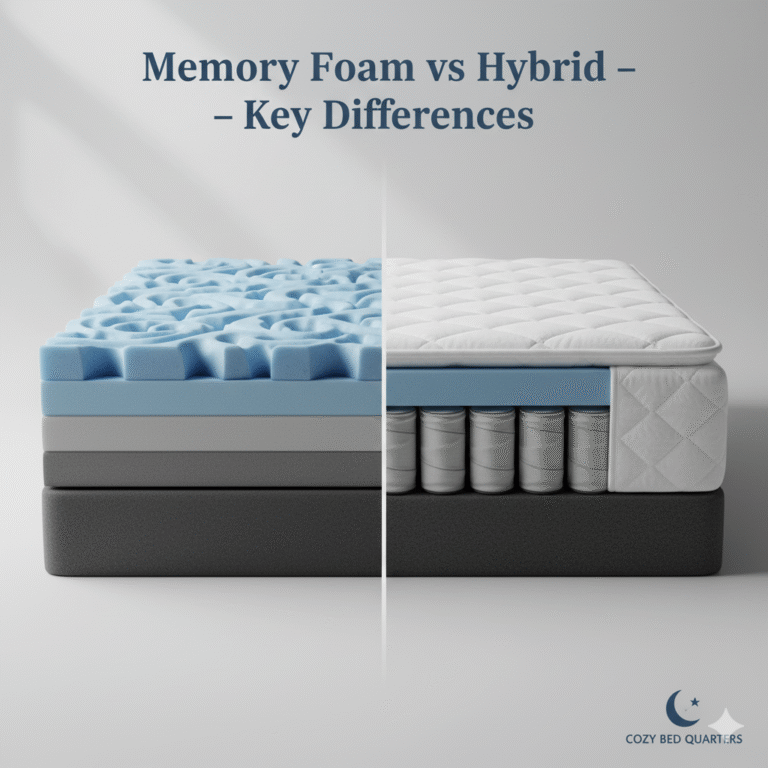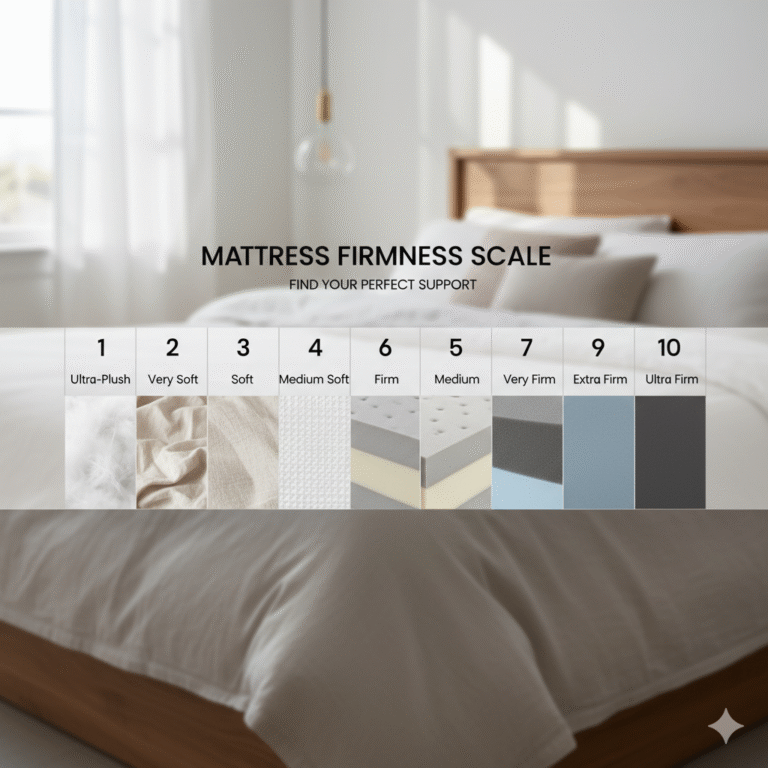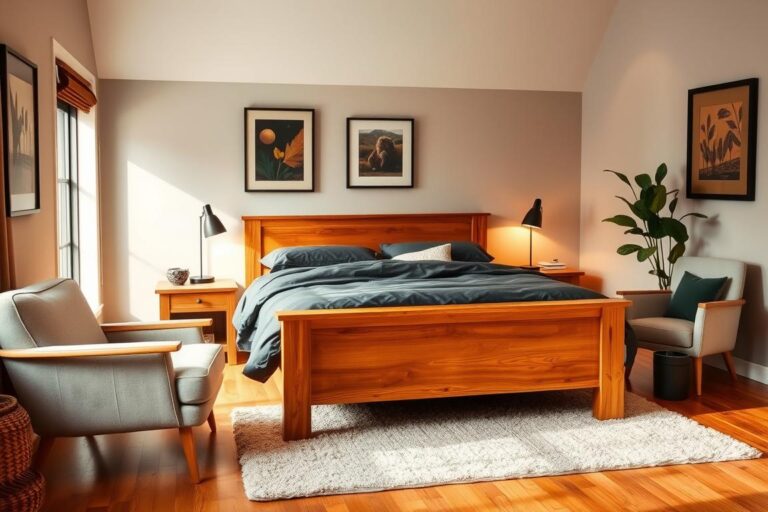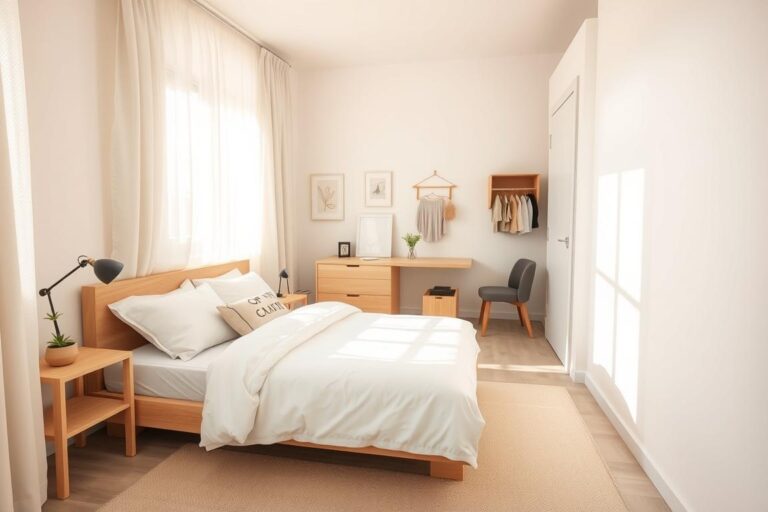Meditation for Sleep and Healing
Meditation for sleep and healing supports deep rest, emotional balance, and physical repair by calming the mind and body naturally.
Key Takeaways
- Guided meditation calms mental chatter, allowing for deeper sleep and body repair
- Scientific evidence shows meditation improves melatonin production and reduces cortisol
- Simple techniques like breath awareness and body scans can be started tonight
- Healing effects include stress relief, improved immunity, and reduced anxiety
- Creating a sleep-supportive environment enhances the effects of meditation
Why Sleep Matters for Total Well-being
Sleep is the foundation of health. It rejuvenates your mind, balances your emotions, and restores your physical body. According to the Sleep Foundation, deep sleep plays a vital role in tissue repair and hormone regulation. Without restful sleep, your focus wanes, stress builds, and immunity drops.

Meditation for sleep and healing steps in to soothe your nervous system, reduce cortisol, and foster uninterrupted sleep that helps the body heal.
What Is Meditation for Sleep and Healing?
This practice blends calming techniques like deep breathing, guided imagery, and progressive body scans to lower stress and induce rest. Meditation for sleep and healing guides your body into a restful state where natural healing can occur. For children and families, explore our guided meditation for kids article for bedtime tips.
The Science Behind Guided Meditation and Sleep
Research confirms that guided meditation helps people fall asleep faster and enjoy higher sleep quality. A 2015 study in JAMA Internal Medicine showed improved sleep and reduced fatigue in those practicing mindfulness meditation.

Further evidence from the National Institutes of Health suggests meditation reduces cortisol and enhances immune function. You can also enhance results by pairing scent and mindfulness—see our guide to essential oils for sleep.
Meditation for Relaxation and Sleep: Key Techniques
These beginner-friendly practices form the foundation of meditation for sleep and healing:
1. Body Scan
Gently focus on each part of your body from toes to head, releasing tension as you go. This method grounds you in the present and invites deep release.
2. Guided Imagery
Visualize serene scenes like forests or beaches. Narrated sessions help transport you away from stress and into calm environments ideal for sleep.
3. Breath Awareness
Observe your breath as it enters and exits. Return to this anchor when your mind drifts. It stabilizes your nervous system and prepares the body for rest.
Benefits of Meditation for Anxiety and Sleep
Meditation for anxiety and sleep calms the racing thoughts and bodily tension that prevent rest. It slows the heart, reduces blood pressure, and increases GABA, a neurotransmitter that promotes calm.

Over time, meditation builds resilience, making sleep more about allowing rather than effort.
How Meditation Repairs the Mind and Body Overnight
During deep sleep, your body heals itself. Meditation enhances this by helping you reach and sustain that state longer. Benefits include:
- Muscle and tissue repair through growth hormones
- Glymphatic system activity clears brain waste
- Balanced hormone levels and blood sugar
Step-by-Step: How to Start a Guided Meditation Practice Tonight
- Choose a Quiet Space: Set up your bedroom using our lighting guide for sleep.
- Pick a Guided Session: Try a trusted audio session to guide you into rest.
- Lie Down or Sit Comfortably: Choose a position that allows your body to relax fully.
- Follow the Voice: Use this guided meditation resource by Tara Brach to ease into calmness.
- Breathe Slowly: Inhale gently through your nose, exhale softly through your mouth.
- End Gently: Let yourself drift off naturally or conclude with a moment of gratitude.
Tools to Help You Meditate for Sleep and Healing
- Apps: Calm, Insight Timer, Headspace
- YouTube Channels: Jason Stephenson, The Honest Guys
- Spotify: Search “Guided Sleep Meditations” for playlists
Meditation Myths That Keep People from Starting
- “I can’t stop thinking.” You don’t need to. Just notice thoughts and let them pass.
- “It takes years to work.” Many feel results in one session.
- “I need silence.” Gentle background noise or nature sounds are okay.
- “I must sit cross-legged.” Lying down in bed is perfectly fine.
Healing Stories: How Meditation Changed Lives
- A stressed couple began meditating together nightly and found better sleep and communication.
- A burnt-out teacher used sleep meditations to regain focus and peace.
- A retiree with chronic pain finally slept after combining meditation with traditional care.
Creating a Sleep-Friendly Environment at Home
Enhance meditation with a supportive bedroom setup. Read our bedroom color guide for peaceful palettes. Add lavender scents, cozy bedding, and blackout curtains. Consider the perfect chair for relaxation to complete your space.
Pairing Meditation with Healthy Bedtime Habits
- Stick to a consistent bedtime
- Avoid caffeine after noon
- Take a warm bath before meditating
- Write your worries down using a notebook
- Create a calming atmosphere with comfort-driven accessories.
When to Expect Results
Some notice changes after one session; for others, benefits emerge over a week or more. Like exercise, meditation builds results over time. Stay consistent for the best outcome. Introduce mindfulness early with our kids morning meditation guide.
For Couples: Meditate Together for Better Sleep
- Set a shared bedtime routine
- Pick a meditation session you both enjoy
- Lie close or hold hands
- Reflect afterward on how you feel
Meditation for sleep and healing is a gentle, effective way to improve rest and restore wellness. Whether alone or with a partner, this practice helps you settle, recharge, and wake refreshed.
FAQ
- Can beginners practice meditation for sleep and healing?
- Yes! Simple techniques like breath awareness and body scans are perfect for beginners. You don’t need prior experience.
- How long should I meditate before bed?
- Even 10–15 minutes of guided meditation can improve sleep quality. Consistency matters more than length.
- Do I need a guide or can I meditate silently?
- Guided meditations are ideal for sleep and healing, but silent practices work well too if you’re more experienced.

